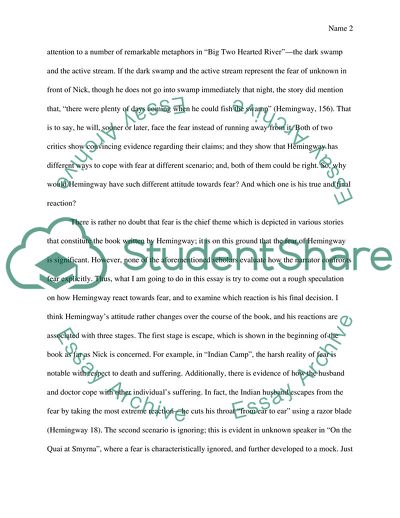Cite this document
(In Our Time by Hemingway Book Report/Review Example | Topics and Well Written Essays - 3000 words, n.d.)
In Our Time by Hemingway Book Report/Review Example | Topics and Well Written Essays - 3000 words. Retrieved from https://studentshare.org/philosophy/1835536-hemingway-in-our-time
In Our Time by Hemingway Book Report/Review Example | Topics and Well Written Essays - 3000 words. Retrieved from https://studentshare.org/philosophy/1835536-hemingway-in-our-time
(In Our Time by Hemingway Book Report/Review Example | Topics and Well Written Essays - 3000 Words)
In Our Time by Hemingway Book Report/Review Example | Topics and Well Written Essays - 3000 Words. https://studentshare.org/philosophy/1835536-hemingway-in-our-time.
In Our Time by Hemingway Book Report/Review Example | Topics and Well Written Essays - 3000 Words. https://studentshare.org/philosophy/1835536-hemingway-in-our-time.
“In Our Time by Hemingway Book Report/Review Example | Topics and Well Written Essays - 3000 Words”. https://studentshare.org/philosophy/1835536-hemingway-in-our-time.


